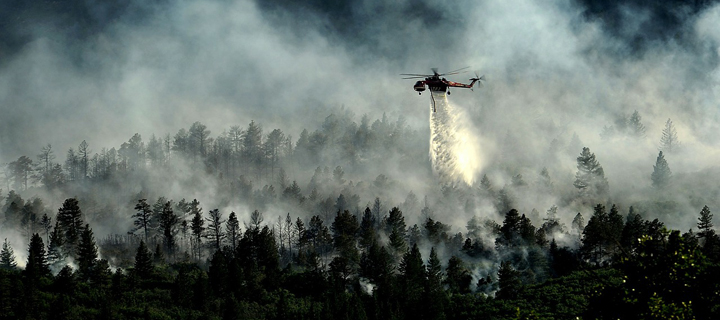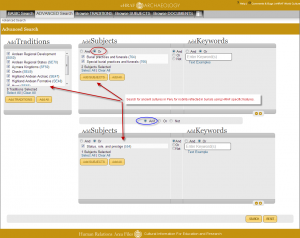HRAF Research: Natural Hazards and Cultural Transformations
How often do events have to occur for humans to plan for them? Do unpredictable hazards lead to different cultural transformations than do more predictable hazards? Under what conditions are contingency plans overwhelmed in the…






